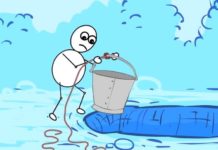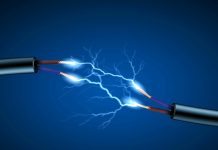How to Diagnose and Fix an Intake Leak
Intake leaks are one of the most common problems that plague bike performance, but they can be difficult for professionals to diagnose over the phone. Fortunately you can not only diagnose the problem yourself with a little know-how, but you can fix it quickly and easily so you can get back on the road without waiting around for your mechanic. With the right tools, the correct OEM motorcycle parts and a good guide to follow, the process is simpler than you might think.
What Is an Intake Leak ?
There is a fuel line that runs between your gas tank and the engine. It’s responsible for delivering fuel without the interference of outside sources that could harm the engine. An intake leak occurs when there’s a breach in this delivery system and more air begins entering your engine, ruining the ideal fuel-to-air ratio. This could lead to a range of issues, spanning from simple overheating to a ruined piston or other OEM ATV parts around the engine.
How to Diagnose an Intake Leak ?
You can start by looking for a couple of major symptoms: high idle and revs that stick around after you’ve already closed the throttle and pulled the clutch. However, though these are common signs of an intake leak, they’re not definitive proof that this is your problem.
In order to get a more concrete look at what you’re dealing with, perform this simple test:
- Start your bike up and keep it running.
- Turn on the gas of a propane torch (but do not light it)
- Point the end of the gas-emitting torch toward your bike’s intake
- Work your way slowly around the entire intake
- Listen to your bike’s idle response
If you hear your bike idling harder when you approach specific areas, you’ve likely found your problem. Fortunately, these leaks are generally localized and easy to fix.
Fixing Your Leak
Repairing your intake leak is a matter of discerning what the issue is that’s causing air to creep into the system and replacing the appropriate part. More often than not, these tend to be small parts such as failing seals and gaskets or manifolds that are beginning to crack. On many bikes, these parts are exposed to sun, weather and fluctuation temperatures day in and day out that lead them to deteriorate over time. The hose itself may also be a culprit, though this is a far less common occurrence. Once you’ve figured out approximately where your leak is using the propane torch method, it’s a simple matter of performing a close local visual search to find out what part’s giving you problems. Then, head into your local shop to get the aftermarket fuel and air parts you’ll need to change out.
If you can’t find a part to pin the leak on, check the alignment between the intake seal and the cylinder head are properly aligned. Fixing this alignment and then bolting the part into place may solve the problem.
Though intake leaks are common problems, they should never be overlooked. Check your bike for leaks if you’ve been experiencing rough idling and get the parts you need to fix the issue to save yourself a huge hassle in the coming months and ensure your bike’s providing top performance.



























